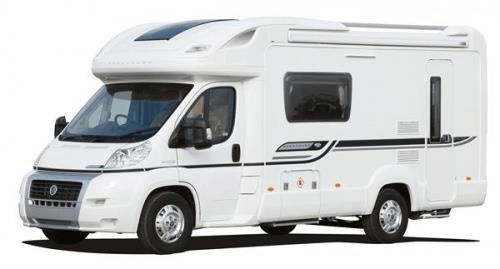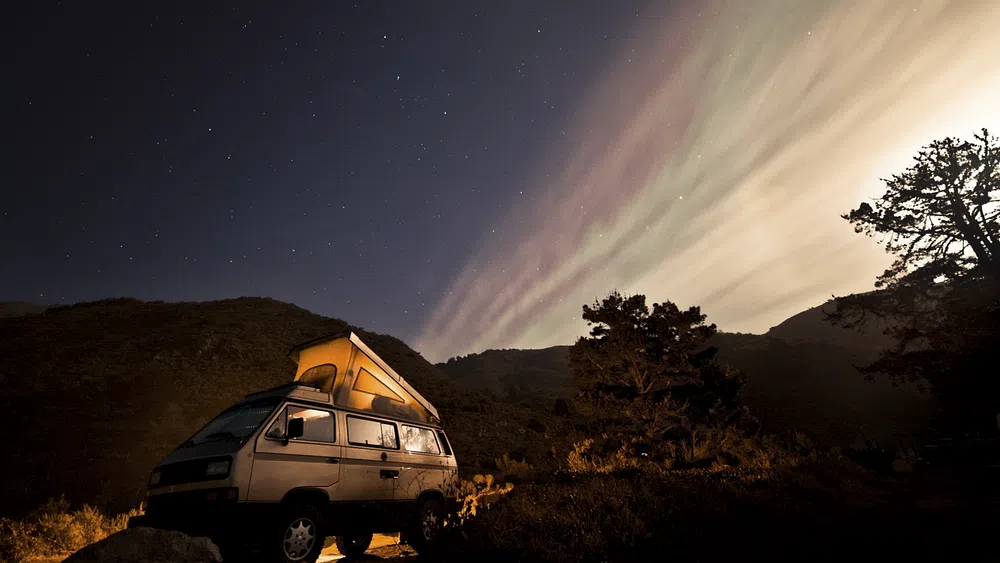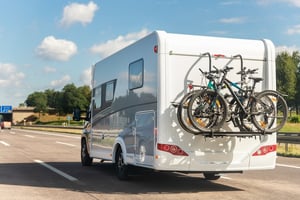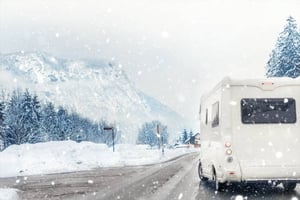Converting an existing vehicle into a campervan is a dream for many adventure seekers, offering the freedom to hit the open road and explore the world in a cosy home on wheels. If you're ready to embark on this exciting journey, our ultimate guide to planning and carrying out a campervan conversion will be your roadmap to success.
1. Planning, Planning, Planning
Before you pick up the tools, you need a solid plan. You obviously need to choose the right van model that suits your needs, so that requires some research, in terms of budget, size - even down to the fuel type. Once you’ve decided on that, consider the following:
- Define your budget and set realistic expectations. As with any renovation project, try to factor in that you might need extra money for any unforeseen problems that may crop up along the way.
- Determine your campervan's purpose. Is it for full-time living, or just occasional trips? If it’s the former, you will likely need more storage capacity and living areas that can cope with constant use. Think about how many berth you will need, and whether you need drop down beds or if fixed beds are in fact a better option. How far do you want to go in terms of putting in a bathroom - do you need a shower or will you aim to use campsite facilities?
- Create a layout and design that maximises space and functionality. Consider whether it is worth having an elevating roof to expand the space when standing up, and also in many cases increase the available natural light.
- Research any legal and safety requirements needed for your campervan, for example deciding on if you will be informing the DVLA about a change of use, and also checking how many passengers you are allowed to carry and the type of insurance you will need.
2. Getting the Right Tools and Materials
Before you start, think about the necessary tools and materials that you will need for your conversion. Plan well ahead in case there are shortages of any materials. You’ll need items such as:
- Power tools (drill, jigsaw, etc.)
- Hand tools (screwdrivers, pliers, etc.)
- Insulation materials.
- Plywood or panelling for interior walls.
- Flooring material.
- Plumbing and electrical components.
- Furniture and fixtures.
3. Insulation and Ventilation
Proper insulation is essential for maintaining a comfortable interior temperature. Consider using materials like foam board or spray foam insulation. Also, install the necessary number of windows and roof vents to ensure proper ventilation.
4. Electrical Matters
Design a suitable electrical system for your campervan. This might include:
- Solar panels for renewable energy.
- Deep cycle batteries for storing power.
- Inverter for converting DC to AC power.
- LED lighting for energy efficiency.
- USB ports and power outlets for charging devices.
5. Plumbing
A functional plumbing system is crucial for campervan living. You might be looking to install components such as:
- A freshwater tank and pump.
- A grey water tank for wastewater.
- A sink, tap and drainage system.
- An indoor or outdoor shower.
- A fixed toilet, as opposed to a portable one.
6. Sleeping and Seating
Perhaps the most important area to focus on! You need to be able to relax and also get a good night’s sleep. Create comfortable sleeping and seating areas by having:
- Fixed beds, foldable beds or convertible seating. Consider if you should put storage solutions under the bed or seating to save space or to store large items.
- Upholstered cushions for added comfort.
- Blankets for layering, depending on the temperature.
- Suitable window coverings such as blackout blinds or curtains that insulate against the cold.
7. Kitchen and Cooking
Your campervan kitchen will likely need to be compact and definitely needs to be efficient. Considerations here will include thoughts about installing:
- A small fridge or cooler.
- A portable camp stove or a built-in cooktop, and/or an oven.
- A sink with draining space.
- Some prep space - or decide if a table can double up as this.
- Cabinets, shelving and drawers for storing utensils and cookware.
8. Flooring
Select flooring that's easy to clean and hardwearing, so it can cope with regular use. Sheet or tile vinyl might be a good option, as it is relatively easy to install - just be sure to opt for a slip-resistant finish. With interior design, the world is your oyster - your campervan conversion needs to feel homely, so do what feels right for you. You might want to include floor mats near the doors, to catch any mud and water from outside, especially if you have a dog on board.
9. Safety First
It’s a good idea to prioritise safety by adding features such as smoke detectors, carbon monoxide detectors and fire extinguishers. Ensure all electrical installations meet the necessary safety standards. Before setting out on the road, thoroughly test all systems and components to ensure they function correctly.
10. Go on a Test Trip!
This is one point that may often get forgotten in the excitement of finishing your conversion - remember to take a short test trip before planning a long journey in order to identify any adjustments or modifications needed for either comfort or functionality.
Converting a campervan is a rewarding process that transforms a vehicle into both a home and a ticket to adventure. With careful planning and execution, you can create a campervan that's both functional and beautiful, ready to take you on incredible journeys. So, embrace the journey, put your DIY skills to the test, and get ready for unforgettable road trips in your customised campervan.
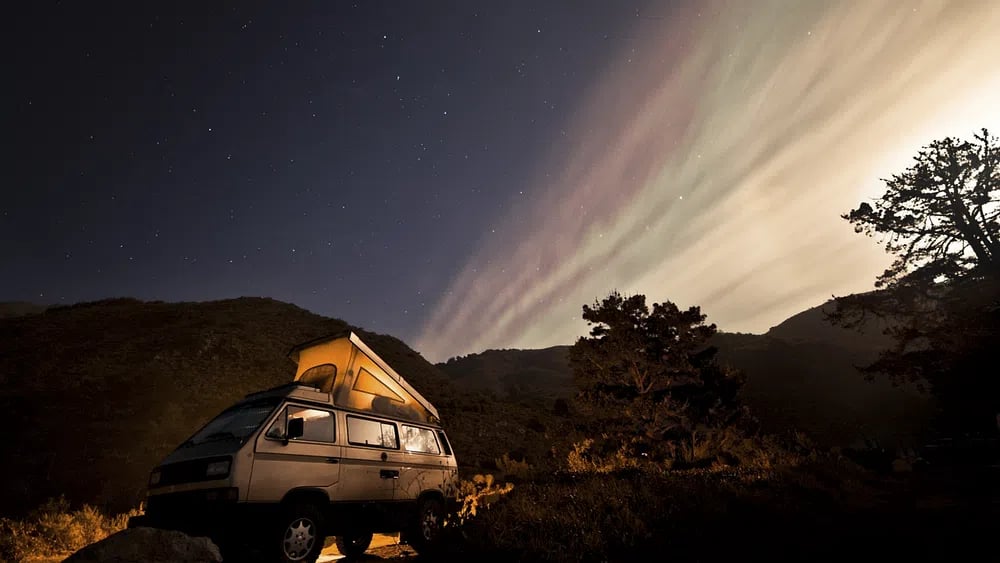
Photo credit:
https://www.rawpixel.com/image/6043076/photo-image-public-domain-free-night


